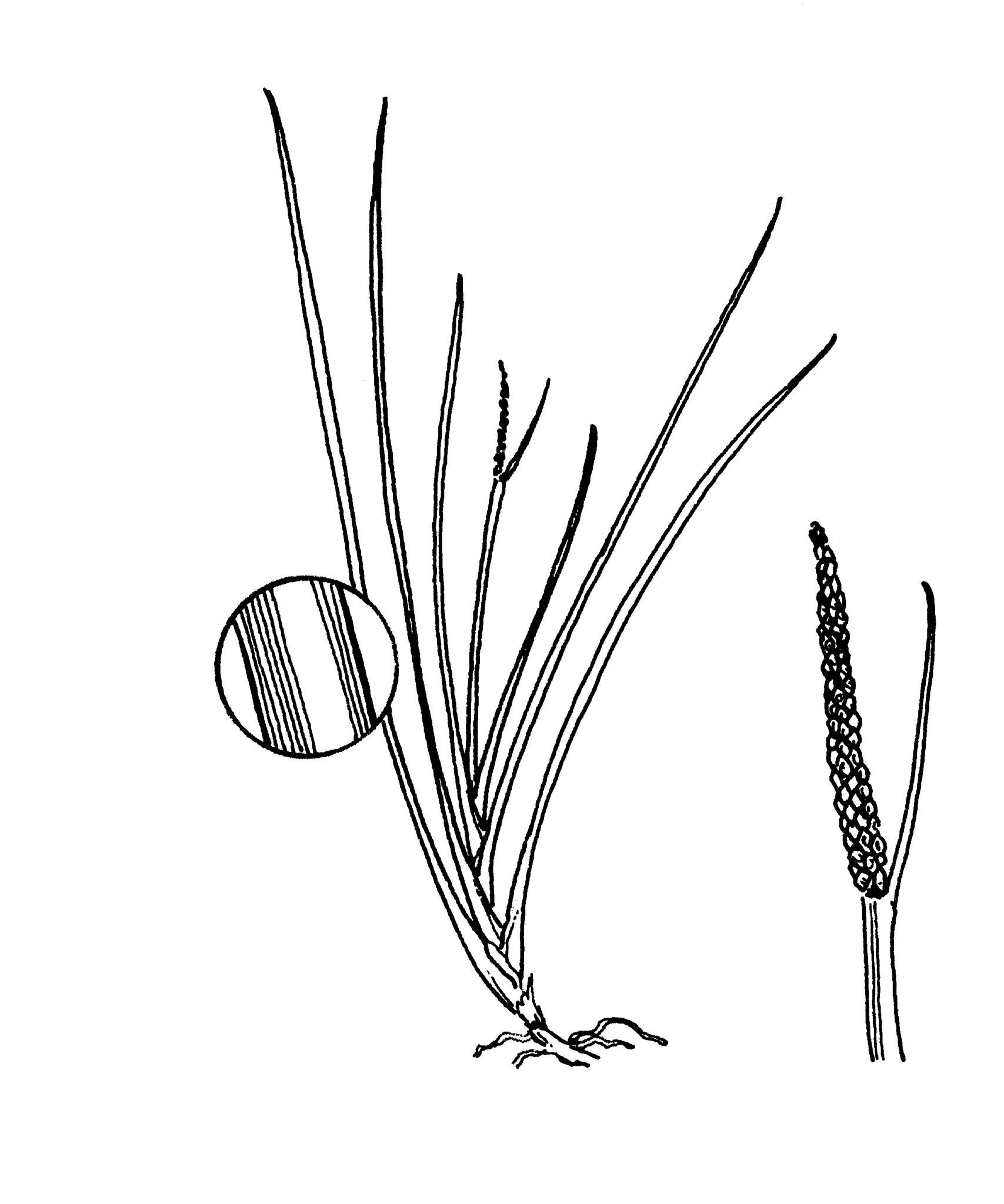
Classical name given to plants with fragrant rhizomes.
Fragrant herbs with creeping, branched rhizomes. Leaves sword-like, overlapping in a v shape (equitant), without stalks, sometimes fragrant when crushed; venation parallel. Spathes leaf-like with a stem-like base and a laterally projecting spadix. Spadix stalkless and without an appendix. Florets numerous, bisexual, with 6 perianth segments and 6 stamens.ovary 2-3 - chambered. Fruit a berry but this is often not formed.
An architectural waterside plant. Popular in bog gardens and ponds, or sometimes as pot plants.
A taxonomically difficult genus with connections to the Typhaceae and Zingiberaceae, even to the dicotyledon families Piperaceae and Aristolochiaceae.
2 wetland species from the Old World and N America.
Division by pieces of the rhizome.
The rhizome of A. calamus has medicinal properties (sedative, analgesic, insecticidal, antibacterial) and extracts are still used as a pleasant tea and to produce a liqueur.
Waterside plant with Iris-like leaves that are fragrant when crushed; spadix projecting sideways from leaf-like structure.
Source: (2005). Acoraceae. In: . Horticultural Flora of South-eastern Australia. Volume 5. Flowering plants. Monocotyledons. The identification of garden and cultivated plants. University of New South Wales Press.
